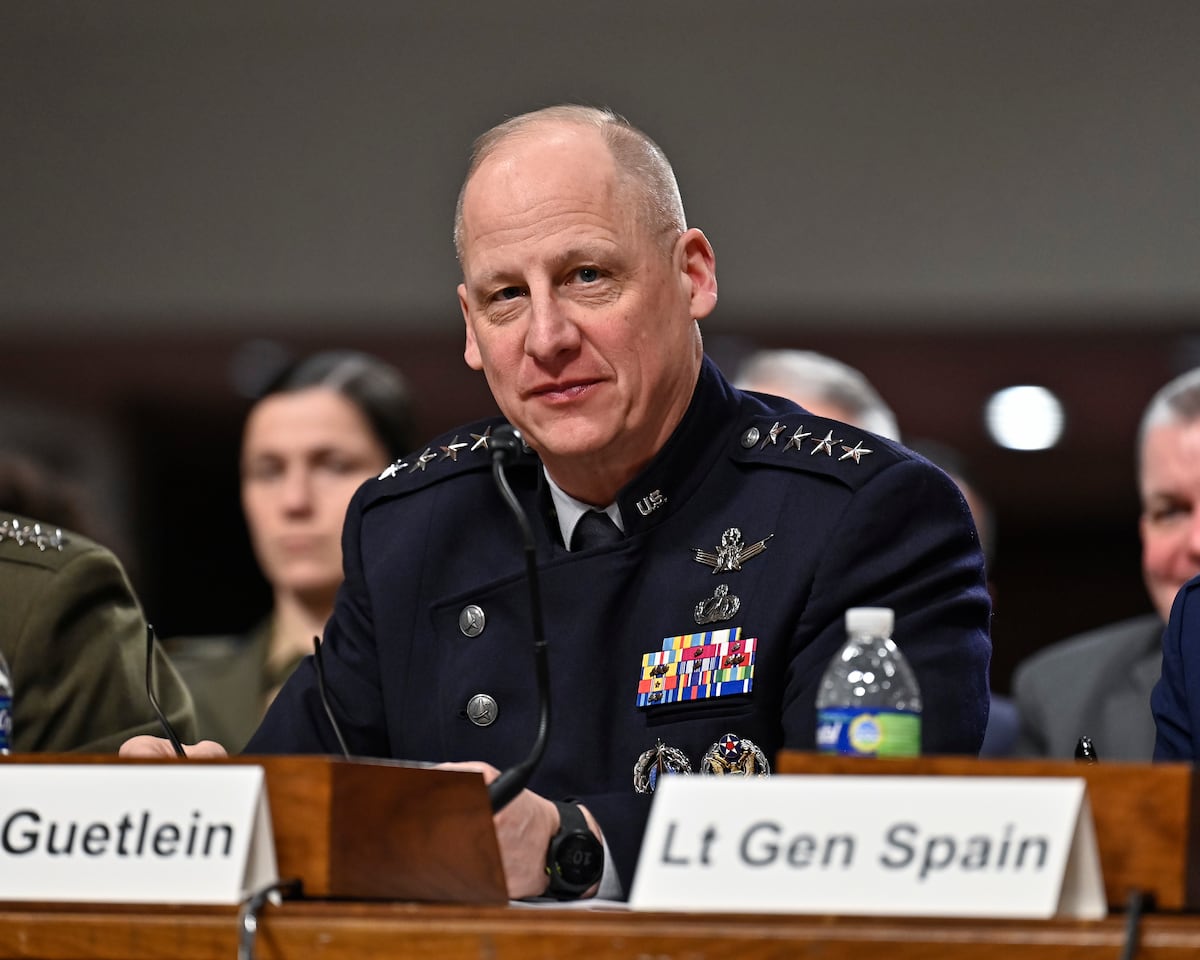The Pentagon’s Golden Dome program office is hiring

In his first speech as program manager for the Trump administration’s Golden Dome project, Gen. Michael Guetlein said he’s moving quickly to build an empowered, expert team to start identifying and integrating technology for an advanced homeland missile defense architecture.
“We’ve been very, very selective on getting not only the right talent, but the right personalities that understand how to go fast,” Guetlein said Tuesday at the Innovate Space Global Economic Summit in Arlington, Virginia. “Not everybody understands what it takes to move at that speed.”
Previously the Space Force’s second in command, Guetlein was confirmed last week for this role, officially assuming the position Monday. As a direct report to Deputy Secretary of Defense Stephen Feinberg, he has a slew of authorities designed to speed up decision-making and capability delivery, including the ability to bypass standard competitive hiring procedures that can slow down the process.
Guetlein said he has a long way to go in building his team but has a list of 30 names, identified from across industry and academia that he hopes will join the effort.
Along with filling out his program office, Guetlein is also pulling together a national-level consortium that includes companies, labs and universities to serve both as capability providers and technical advisers for the effort.
Since President Donald Trump announced plans to develop Golden Dome during his first week in office, the Pentagon has been working to identify a path forward – studying capability options, understanding the industry landscape and getting a sense of the feasibility of crafting a layered missile defense capability that brings together ground, air and space sensors and interceptors.
RELATED
In May, Trump added another challenge to the project, announcing during a televised Oval Office meeting that he expects Golden Dome to be completed by 2028 at a price tag of $175 billion.
“Once fully constructed, the Golden Dome will be capable of intercepting missiles even if they are launched from other sides of the world, and even if they’re launched from space. And we will have the best system ever built,” Trump said at the time.
With Guetlein in place and starting to populate the newly established program office, one of his early tasks is to craft a vision for what the Golden Dome architecture will include and deliver it to Defense Secretary Pete Hegseth within 60 days.
To further lay the groundwork and provide context for the 60-day study, Guetlein will travel to U.S. Northern Command on Thursday to discuss current gaps in the current homeland defense architecture with its commander Gen. Gregory Guillot and U.S. Space Command head, Gen. Stephen Whiting.
Guetlein said those gaps will help inform the size of the Golden Dome architecture, the scope of his organization and the capabilities needed to counter future threats.
The office is also planning several engagements with companies vying to support the effort, including a long-awaited Missile Defense Agency that was slated to happen in June but was delayed by Guetlein’s confirmation process.
Space Systems Command will also host an industry session focused on options for developing and fielding interceptors that can destroy missile threats from space. That part of the architecture, Guetlein said, presents the greatest technical challenge, noting that while the capabilities exist and have been proven, there are looming questions about the number of interceptors that will be required and at what cost.
“What we have not proven is, first, can I do it economically, and then second, can I do it at scale?” he said. “Can I build enough satellites to get after the threat? Can I expand the industrial base fast enough to build those satellites? Do I have enough raw materials, etc?”
While those questions will likely take some time to answer, Guetlein said a more near-term task will be integrating various systems from across the military services into a common command-and-control architecture. That includes sensors, weapons and communication channels that need to work together, he said.
To get after that challenge, Guetlein plans to schedule incremental demonstrations on a six-month cadence with a goal of delivering capability as soon as possible.
“We are on a short timeline,” he said. “The president gave us three years to deliver this capability and we’re going to deliver in three years. That means we need to move out with a sense of urgency and move out with incremental wins along the way.”
Courtney Albon is C4ISRNET’s space and emerging technology reporter. She has covered the U.S. military since 2012, with a focus on the Air Force and Space Force. She has reported on some of the Defense Department’s most significant acquisition, budget and policy challenges.







